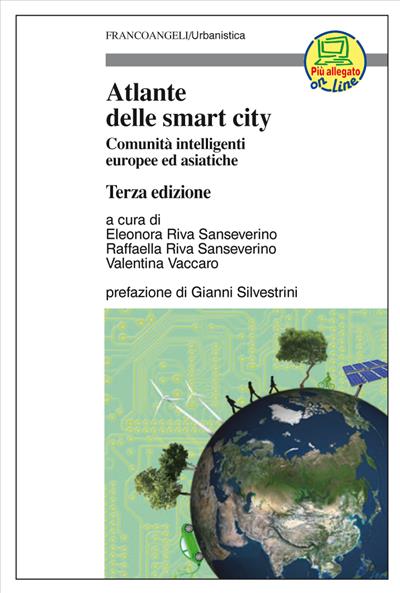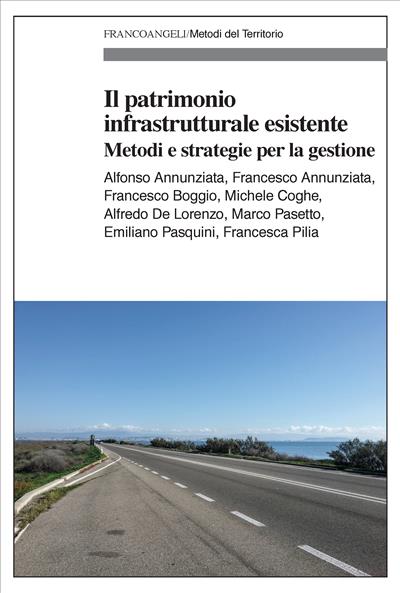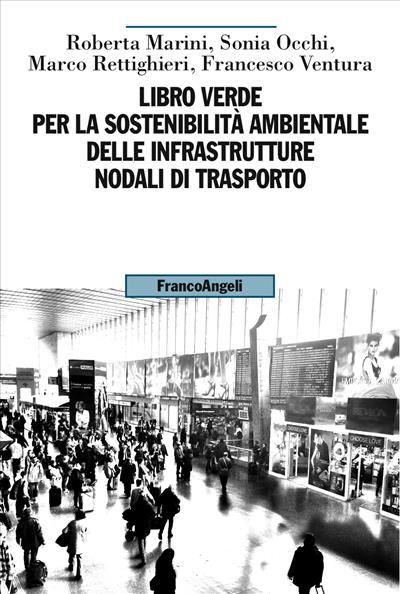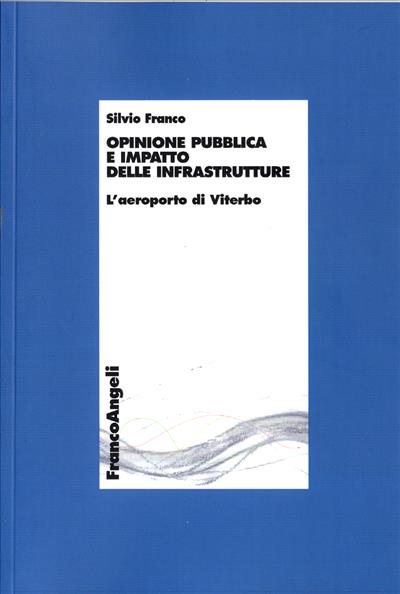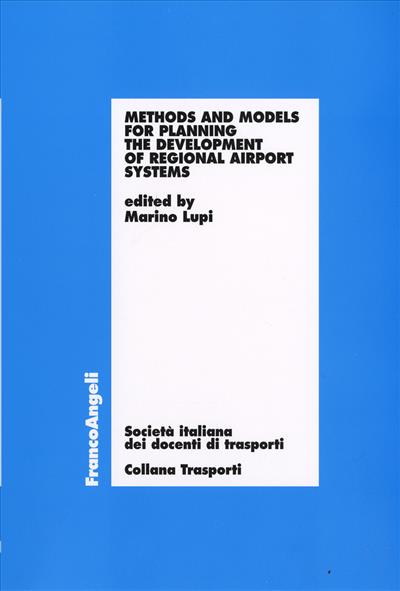
A cura di: Marino Lupi
Methods and models for planning the development of regional airport systems
In this framework a key issue for the air transport industry is to develop methods and models that can simulate future configurations of air transport system, so that external and internal impacts of innovations, modifications and decisions can be analysed. This book, which contains contributions by an international group of academic researchers involved in the air transport field, represents a decision support tool for all the stakeholders of regional airport systems.
Pagine: 112
ISBN: 9788856803273
Edizione: 1a edizione 2008
Codice editore: 1797.31
Disponibilità: Discreta
Pagine: 112
ISBN: 9788846494764
Edizione:1a edizione 2008
Codice editore: 1797.31
Possibilità di stampa: No
Possibilità di copia: No
Possibilità di annotazione: Sì
Formato: PDF con DRM Readium LCP
